In a nation where over 60 percent of workers report feeling stressed during long workdays, according to a recent Gallup poll, the search for simple fixes has never been more urgent. That figure, up from previous years, underscores a growing awareness of how daily habits can influence emotional resilience. Enter pantry mood foods—those unassuming staples that science shows can help steady the mind amid endless meetings and deadlines. From nuts rich in omega-3s to grains that sustain energy levels, these items aren’t just fillers; they’re subtle allies in maintaining focus and calm. As more Americans juggle hybrid work setups in 2025, stocking the kitchen with these could make all the difference in navigating the afternoon slump without reaching for caffeine or sugar highs.
1. Oats for Steady Energy
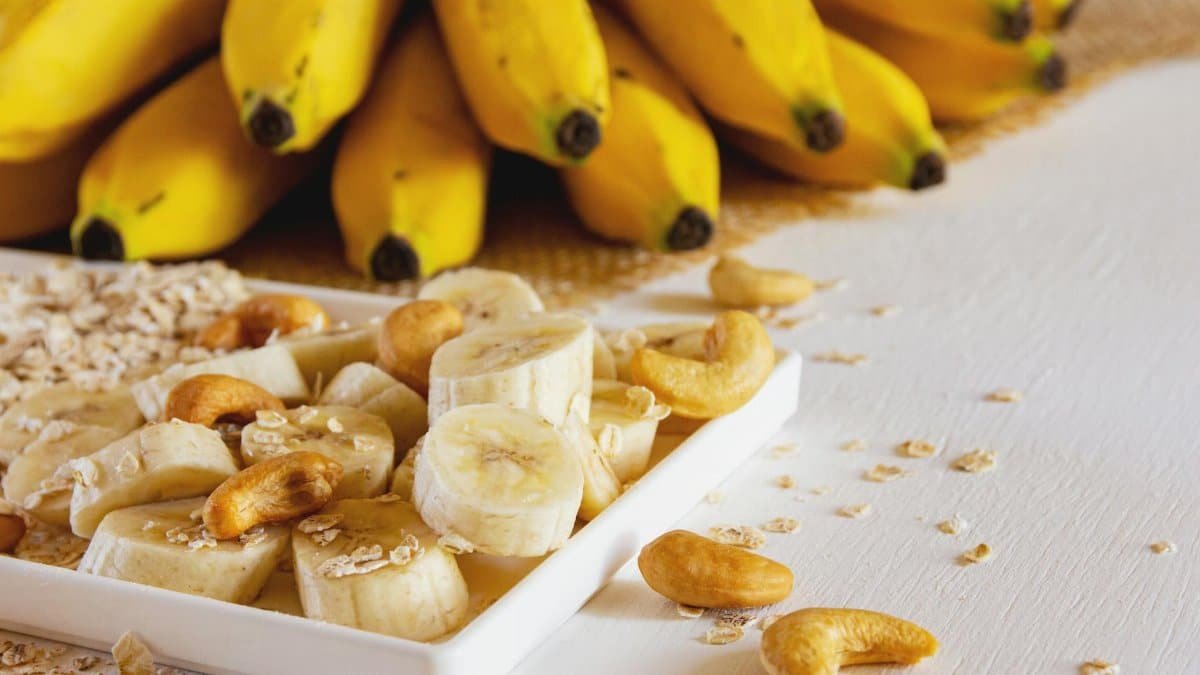
Oats start the day right, but their mood-stabilizing power shines through long afternoons too. Packed with complex carbohydrates, they release glucose slowly, preventing the blood sugar crashes that often lead to irritability. A bowl at breakfast or a quick oat-based snack can keep things even-keeled. Consider Sarah, a marketing executive in Chicago, who swapped her usual pastry for oatmeal and noticed fewer mid-day frustrations. Research backs this up; a study from the National Institutes of Health highlights how whole grains like oats support serotonin production, that feel-good neurotransmitter. In our fast-paced offices, where deadlines loom, oats offer a quiet buffer against emotional dips.
2. Almonds for Omega-3 Boost
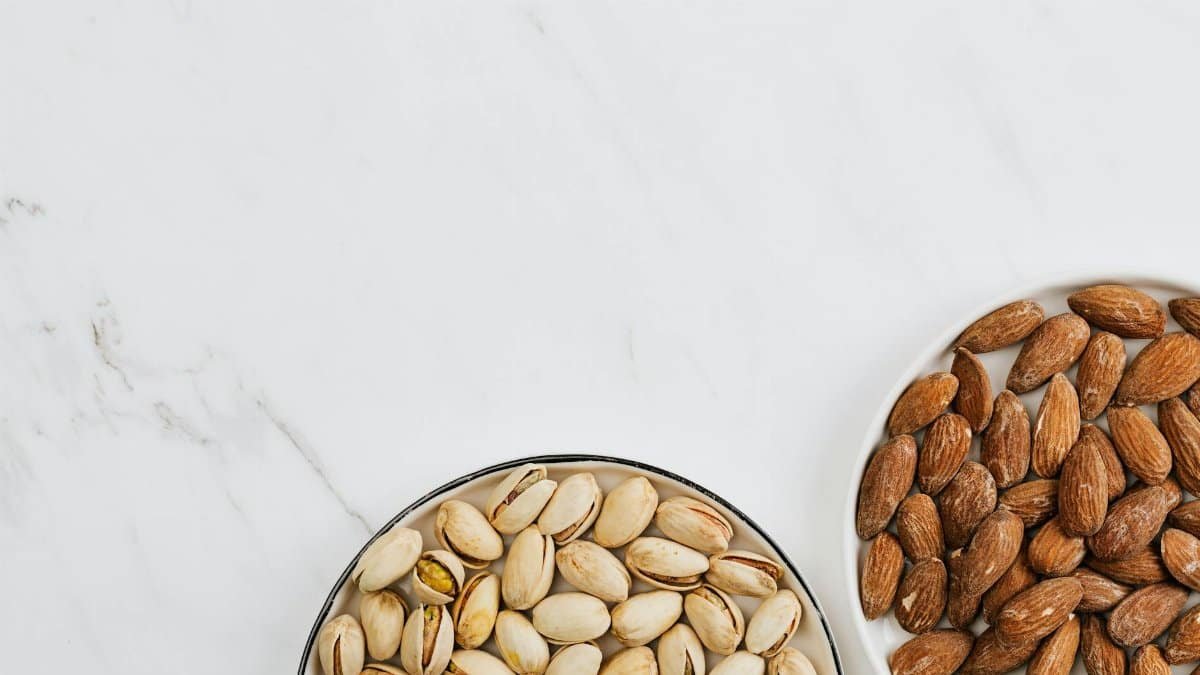
Grab a handful of almonds when tension builds. These nuts deliver healthy fats, including omega-3 fatty acids, which research links to reduced anxiety. Unlike processed snacks, they provide sustained nourishment without the crash. Picture a teacher in Seattle, juggling virtual classes and grading— she keeps almonds in her desk drawer, crediting them for clearer thinking during chaotic hours. The Harvard T.H. Chan School of Public Health explains how these fats combat inflammation tied to mood swings. It’s a small habit with big returns, especially as workdays stretch longer in 2025’s gig economy.
3. Dark Chocolate for Endorphin Lift

Not all chocolate is equal, but the dark variety earns its spot among pantry mood foods. With flavonoids that enhance brain blood flow, it can subtly elevate mood without overdoing sugar. A square or two mid-afternoon acts like a natural pick-me-up. One anonymous online account described biting into dark chocolate during a stressful conference call, feeling a wave of calm settle in. Evidence from a NIH-published review supports this, noting cocoa’s role in boosting endorphins. Yet moderation matters; too much veers into indulgence. For desk-bound professionals, it’s a treat that doubles as therapy.
4. Bananas for Potassium Balance

Bananas, often overlooked, pack potassium that helps regulate stress hormones. Their natural sugars provide quick energy, paired with fiber to avoid spikes. Easy to stash in a pantry or bag, they’re ideal for on-the-go relief. Think of a freelance writer in New York who relies on them to power through editing marathons, avoiding the foggy brain that comes with fatigue. The Mayo Clinic points out how potassium aids nerve function, indirectly supporting emotional stability. In an era of endless notifications, this fruit offers simple, effective support.
5. Yogurt for Probiotic Support
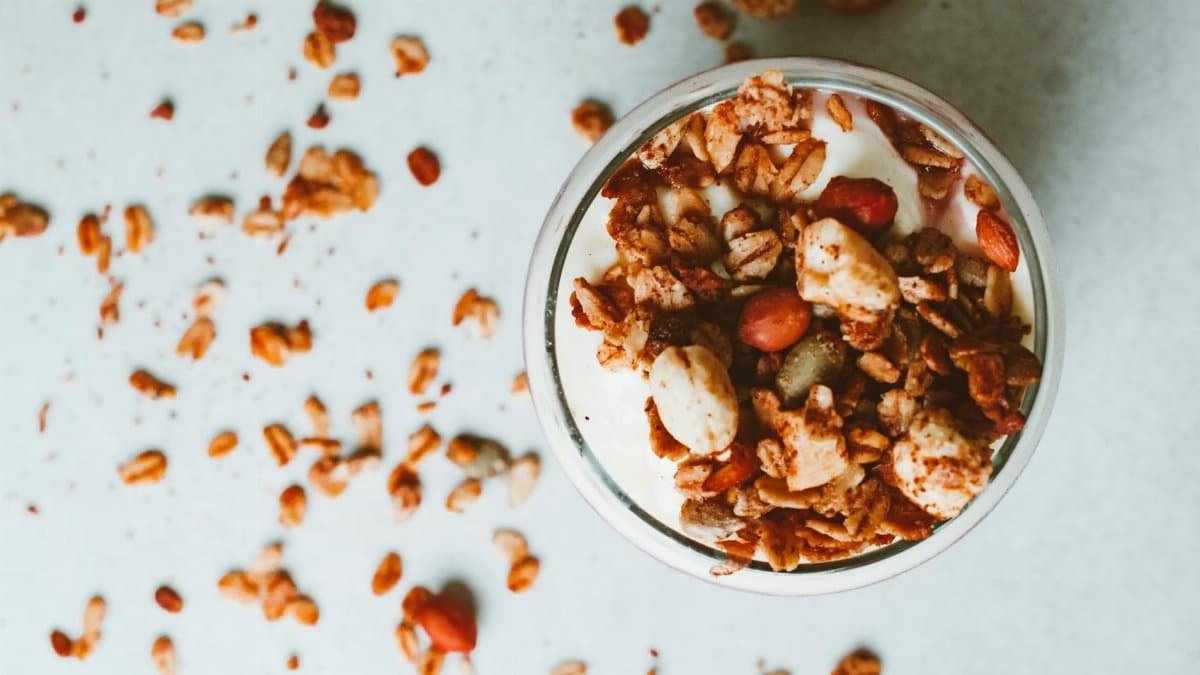
Plain yogurt, especially Greek varieties, introduces gut-friendly bacteria that influence mood via the gut-brain axis. Fermented foods like this can ease anxiety over time. Spoon it plain or with fruit for a midday reset. A project manager in Austin shared how incorporating yogurt helped her handle team conflicts with more patience. Studies, including one from NIH research, link probiotics to lower depression symptoms. It’s not instant, but consistent use builds resilience, fitting perfectly into busy routines.
6. Walnuts for Brain Health

Walnuts mimic the brain’s shape for a reason—they’re loaded with antioxidants and polyunsaturated fats that protect against oxidative stress. This can lead to better focus and fewer mood lows. Crunch them alone or in trail mix. During a long shift, a nurse in Boston found walnuts helped her stay composed amid emergencies. The Harvard Nutrition Source details their alpha-linolenic acid content, vital for mental well-being. As healthcare demands intensify, such staples become essential tools.
7. Canned Tuna for Protein Punch

Canned tuna offers omega-3s and protein to sustain energy and mood. Quick to prepare, it’s a no-fuss option for lunch. The steady protein release curbs hanger-induced grumpiness. Imagine a consultant traveling between cities, packing tuna salads to maintain sharpness. A NIH fact sheet emphasizes omega-3s’ role in mood regulation. Sustainable choices matter too, aligning with eco-conscious trends in 2025.
8. Lentils for Fiber and Folate
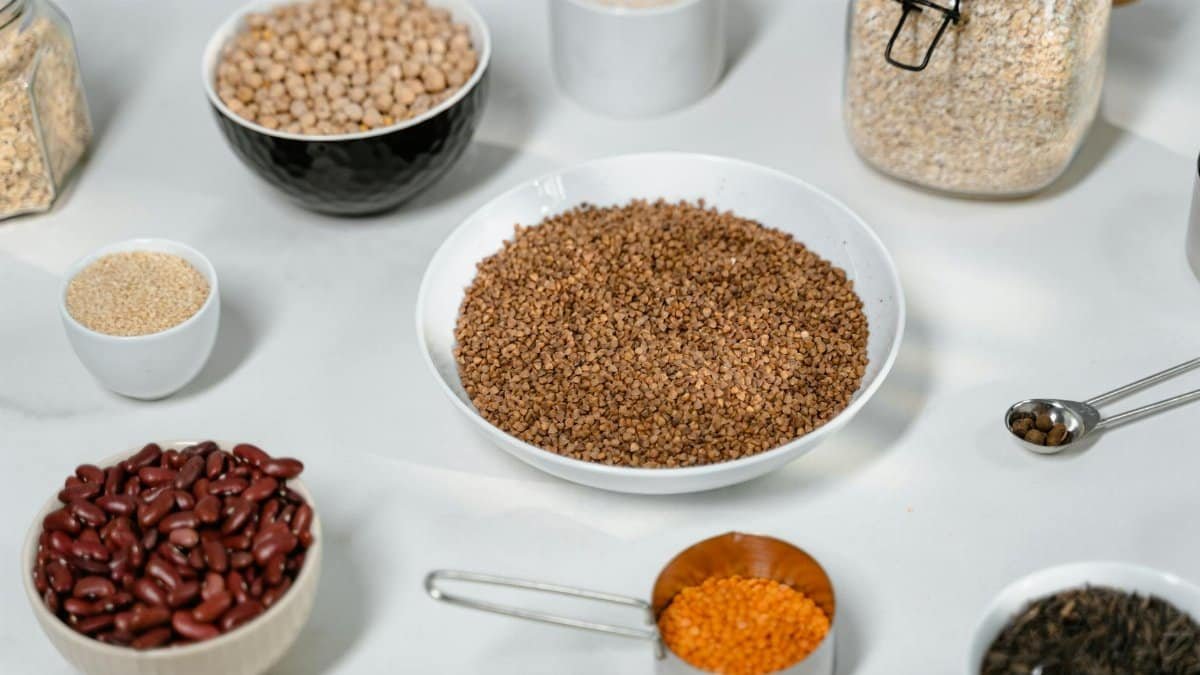
Lentils, humble and versatile, provide folate that aids serotonin synthesis. Their fiber keeps digestion smooth, indirectly boosting mood. Simmer them into soups or salads for easy meals. A remote worker in Denver credits lentil stews for fewer afternoon slumps. Research from NIH studies connects folate deficiency to depression. In pantry mood foods, lentils stand out for affordability and impact.
9. Eggs for Choline Supply

Eggs deliver choline, crucial for neurotransmitter function and mood stability. Boil a few for snacks that last. They’re protein-rich without heaviness. A graphic designer in Los Angeles boils eggs weekly, noting improved concentration. The Harvard guide highlights choline’s benefits. Versatile and quick, eggs fit seamless into demanding schedules.
10. Spinach (Canned or Dried) for Magnesium

Keep canned or dried spinach on hand for magnesium, which relaxes muscles and calms nerves. Add to dishes for an easy nutrient hit. It combats the fatigue that amplifies stress. One educator in Miami mixes it into smoothies, feeling more balanced. A NIH overview ties magnesium to anxiety reduction. Shelf-stable versions make it practical for any pantry.
11. Peanut Butter for Tryptophan

Peanut butter’s tryptophan converts to serotonin, promoting calm. Spread on celery for a satisfying snack. It’s filling and mood-enhancing. A sales rep in Atlanta dips into it during calls, staying upbeat. Studies via NIH affirm tryptophan’s role. Opt for natural varieties to maximize benefits.
12. Quinoa for Complete Protein

Quinoa, a seed posing as grain, offers all essential amino acids for mood support. Cook batches ahead for versatile sides. It sustains without weighing down. A tech analyst in San Francisco batches it weekly, avoiding burnout. The Harvard source praises its nutritional profile. In 2025’s wellness trends, it’s a staple rising in popularity.
13. Chia Seeds for Omega-3s
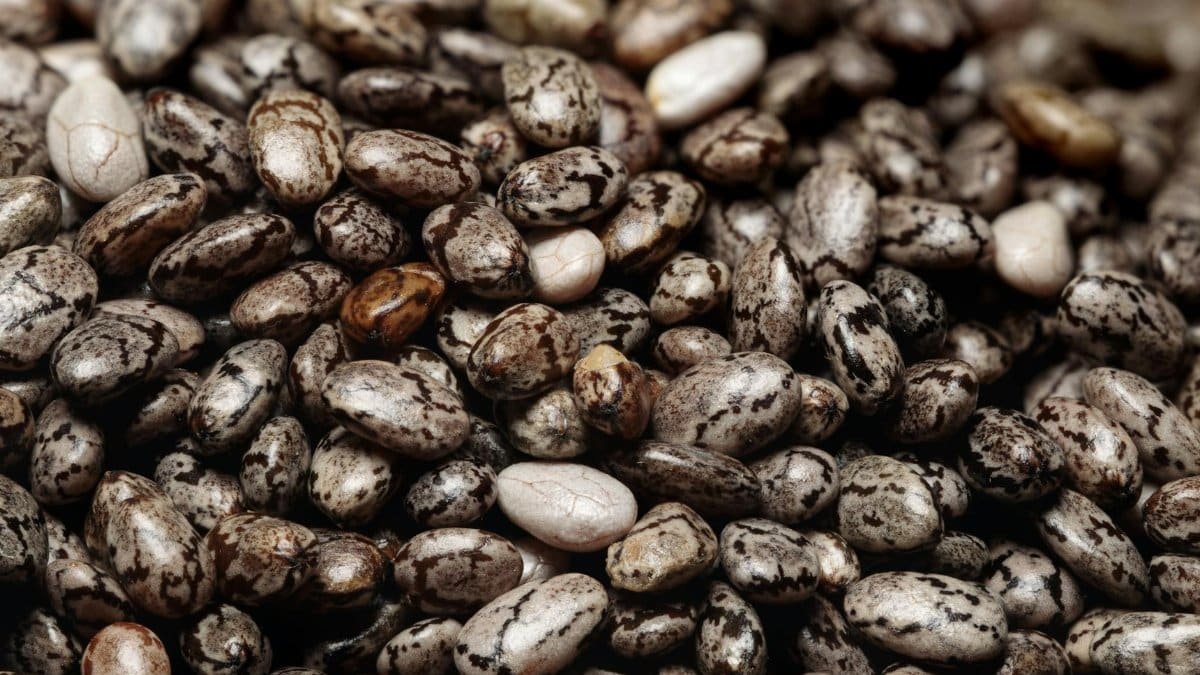
Chia seeds swell in puddings, delivering omega-3s that fight inflammation linked to low moods. Sprinkle or soak for convenience. They’re tiny but mighty. An entrepreneur in Philadelphia adds them to yogurt, crediting steadier emotions.NIH research supports their anti-inflammatory effects. Easy to store, they enhance any pantry mood foods lineup.
14. Tea Bags (Green or Herbal) for L-Theanine

Green or chamomile tea bags provide L-theanine, promoting relaxation without drowsiness. Brew a cup when focus wanes. It’s a ritual that soothes. A journalist in Washington, D.C., sips during deadlines, maintaining clarity. The NIH notes L-theanine’s calming properties. In long workdays, it’s a gentle anchor.
15. Olive Oil for Healthy Fats

Olive oil drizzled on meals supplies monounsaturated fats that support brain health and mood. Use in dressings or cooking. It’s a Mediterranean secret for emotional balance. A lawyer in Boston incorporates it daily, feeling more resilient. A Harvard analysis links it to lower depression risk. As pantry mood foods go, it’s foundational, blending flavor with function in everyday eating.
